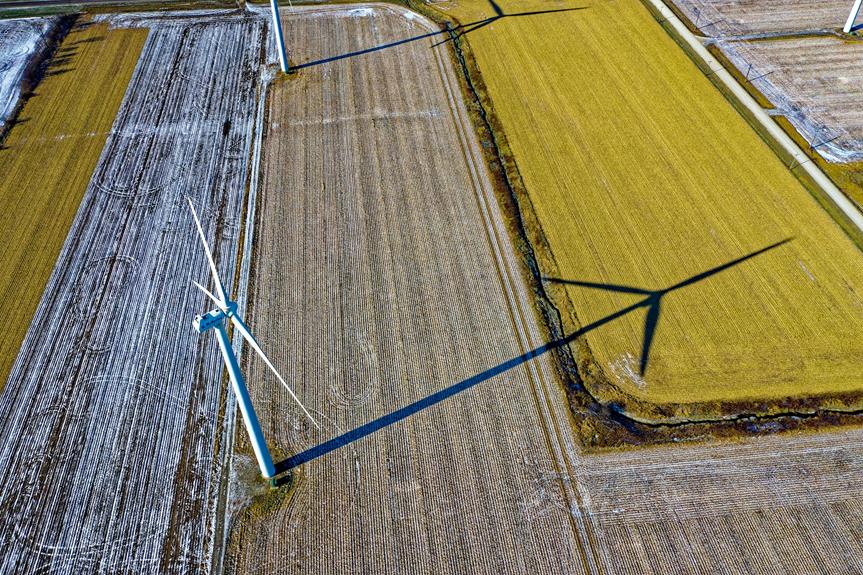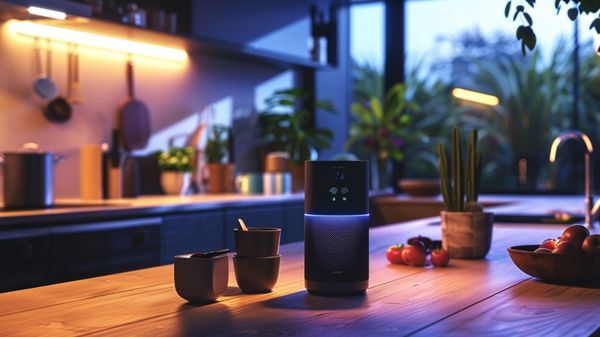Are you ready to join us on a journey towards a more sustainable future?
Embracing green living with energy-efficient homes is the key to unlocking a world of possibilities. Imagine living in a home that not only saves you money but also helps save the planet. It’s not just a dream; it’s a reality waiting for you.
By minimizing energy consumption and reducing carbon emissions, energy-efficient homes play a crucial role in preserving our environment. But the benefits don’t stop there. These homes prioritize your well-being with improved indoor air quality, sustainable materials, and water conservation strategies.
Plus, they attract buyers in the real estate market and may even qualify for government incentives.
So let’s embark on this journey together and embrace green living with energy-efficient homes.
Benefits of Energy-Efficient Homes
One of the benefits of energy-efficient homes is that they can significantly reduce utility bills by minimizing energy consumption and maximizing cost savings. By incorporating sustainable practices and using energy-efficient appliances, homeowners can promote green living and lower their environmental impact.
Energy-efficient homes are designed to optimize energy consumption, utilizing features such as LED lighting, high-performance windows, and efficient HVAC systems. These homes also prioritize the use of sustainable materials, which not only reduce greenhouse gas emissions but also contribute to a healthier living environment. Additionally, energy-efficient homes often incorporate renewable energy sources, such as solar panels, to further reduce reliance on traditional electricity grids.
Key Features of Sustainable Homes
To fully understand the concept of sustainable homes, let’s explore the key features that make them an embodiment of green living.
Sustainable homes are designed with the intention of reducing environmental impact and promoting a healthier lifestyle.
One of the main features of these homes is the incorporation of green energy, such as solar panels, to reduce reliance on traditional energy sources.
Another important aspect is the use of natural materials, like reclaimed wood and low-impact paints, which not only minimize environmental impact but also contribute to better indoor air quality.
Energy efficiency is also prioritized through the integration of high-performance windows, proper insulation, and energy-efficient appliances.
In addition, sustainable homes focus on reducing water impact by implementing water conservation systems and maximizing natural lighting.
Smart home technology plays a significant role in optimizing energy consumption and reducing waste.
Tips for Making Your Home Energy Efficient
Our top tip for making your home energy efficient is by implementing smart home technology. Smart home devices, such as thermostats, lighting systems, and appliances, can be controlled remotely and programmed to optimize energy usage.
For example, you can set your thermostat to adjust the temperature when you’re not at home, reducing energy waste. Additionally, using smart lighting systems allows you to schedule lights to turn on and off automatically, reducing unnecessary electricity consumption.
Another way to make your home more energy efficient is by investing in energy-saving appliances. Look for appliances with the ENERGY STAR label, which indicates that they meet strict energy efficiency guidelines. By reducing energy consumption, you not only contribute to a greener environment but also save on your utility bills.
Implementing smart home technology and using energy-efficient appliances are simple yet impactful steps towards creating a sustainable and energy-efficient home.
The Role of Renewable Energy in Green Living
Renewable energy plays a crucial role in our pursuit of green living, offering a sustainable and environmentally-friendly solution to our energy needs. By incorporating renewable energy sources into our homes, we can reduce our environmental impact and minimize our carbon footprint.
Here are four ways renewable energy contributes to a sustainable lifestyle:
- Green Building: Renewable energy is a key component of green building practices, ensuring that homes are energy efficient and environmentally friendly.
- Energy Efficiency: Renewable energy technologies such as solar panels and efficient HVAC systems help to conserve energy and reduce reliance on traditional energy sources.
- Lower Utility Bills: By harnessing renewable energy, homeowners can lower their utility bills and save money in the long run.
- Environmental Preservation: Utilizing renewable energy sources helps to preserve the environment by reducing greenhouse gas emissions and promoting a cleaner, healthier planet.
Incorporating renewable energy into our homes is a powerful way to embrace green living and contribute to a more sustainable future.
How Energy-Efficient Homes Contribute to a Greener Future
With energy-efficient homes, we can actively contribute to a greener future by reducing our carbon footprint and conserving valuable resources. By incorporating sustainable features such as solar panels, energy-efficient appliances, and proper insulation, we can significantly reduce our energy consumption and mitigate climate change.
One way to reduce your energy usage is by investing in ENERGY STAR certified appliances, which are designed to consume less energy without compromising performance. Additionally, by optimizing heating and cooling energy through proper insulation and high-performance windows, we can further reduce our energy consumption and contribute to a greener future.
Conserving energy not only benefits the environment but also helps us save on utility bills. By going green in our homes, we embrace environmental responsibility and sustainable living, creating a healthier and more sustainable future for ourselves and future generations.
Conclusion
In conclusion, embracing green living with energy-efficient homes not only benefits the environment but also promotes a healthier and more balanced lifestyle.
Did you know that energy-efficient homes can reduce carbon emissions by up to 35% compared to traditional homes? This statistic paints a vivid picture of the positive impact we can make on the planet by simply making our homes more energy-efficient.
By implementing sustainable features and practices, we can create a greener future for generations to come.
Let’s start making a difference today!




